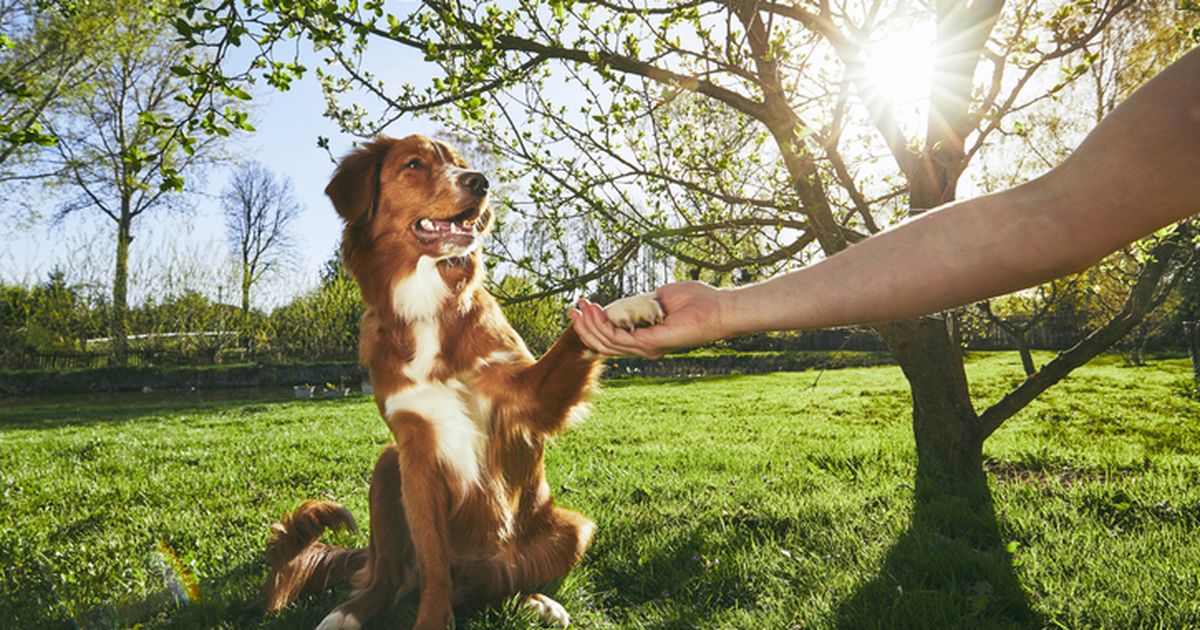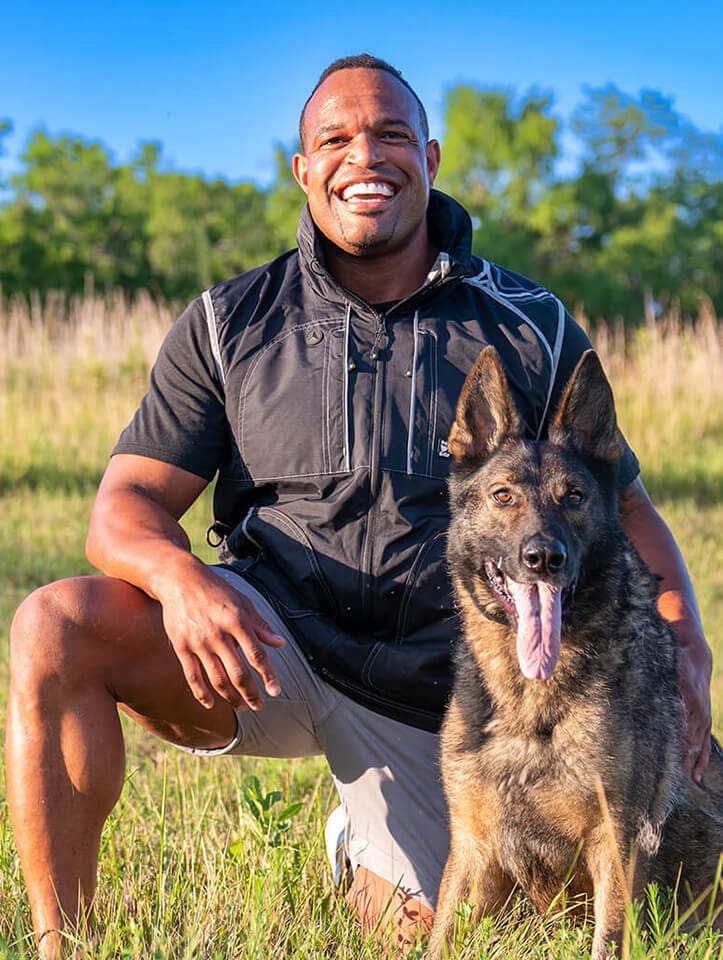The Science Behind Successful Dog Training Techniques
The Ultimate Guide to Canine Training: Change Your Animal's Actions
Reliable pet training is vital for cultivating a harmonious partnership between family pets and their owners. The complexities of canine actions and the application of organized training strategies play a vital duty in this process. By comprehending the concepts of favorable reinforcement, uniformity, and socializing, pet proprietors can browse typical challenges that arise throughout training. This guide not just aims to equip you with the essential tools to transform your canine's behavior yet also welcomes you to check out how these fundamental ideas can bring about a deeper connection with your pet. What may be the very first step in this transformative journey?
Comprehending Canine Habits
Understanding pet behavior is crucial for effective training and a harmonious partnership between pet dogs and their proprietors. A pet's actions is affected by a combination of genes, environment, and experiences. Dog training. Acknowledging these factors allows owners to customize their training approaches to satisfy the specific requirements of their family pets
Canines communicate mainly via body language, vocalizations, and faces. For example, a wagging tail can suggest exhilaration or joy, while a put tail might signify concern or entry. Observing these cues makes it possible for owners to respond properly, strengthening favorable habits and resolving adverse ones properly.
Additionally, understanding the social framework of canines can provide understandings into their behavior. Canines are pack animals, and they thrive in a structured environment. Developing constant regulations and clear borders can protect against complication and promote a sense of safety and security.
Furthermore, acknowledging the natural reactions of pet dogs, such as the impulse to chase after or dig, is critical. These impulses can be rerouted through proper electrical outlets, such as play or exercise. By comprehensively recognizing these behavior aspects, proprietors can promote a positive training experience, inevitably causing a well-adjusted and obedient canine buddy.
Vital Training Methods
Efficient canine training relies on a selection of important techniques that can substantially improve the learning process for both the dog and the proprietor. One fundamental strategy is positive support, which includes fulfilling desirable behaviors with treats, praise, or play. This approach urges canines to duplicate the behaviors that bring about positive results, cultivating a trusting relationship in between the pet and owner.
One more secret strategy is uniformity in commands and expectations. Using the same spoken signs and hand signals helps the pet recognize what is needed, lowering confusion and promoting quicker knowing. Furthermore, developing clear limits and guidelines is important for reliable communication.
Socializing is additionally an important part of training. Subjecting canines to different settings, people, and various other animals helps them create proper social abilities and lowers anxiety in unfamiliar circumstances.
Finally, persistence and timing are essential. Educating sessions must be frequent but brief, making sure that the dog continues to be engaged and responsive. By using these necessary methods, proprietors can create a positive and structured training experience that advertises excellent habits and reinforces the bond with their canine friends.
Producing a Training Arrange
How can a well-structured training schedule improve a pet dog's learning experience? A training routine provides consistency, making certain that canines obtain routine, concentrated instruction. This predictability aids dogs comprehend what is anticipated of them, strengthening their understanding and permitting far better retention of commands and behaviors.
When producing a training a fantastic read timetable, it is important to take into consideration the canine's age, type, and private character. Young young puppies may benefit from shorter, a lot more frequent sessions, while adult pet dogs may love longer, much less regular training durations. Including a range of tasks can likewise keep the sessions involving, preventing boredom and advertising interest for knowing.
In addition, scheduling training sessions at specific times of the day can assist strengthen a routine. Pairing training with day-to-day strolls or play can develop a favorable organization with understanding. It is additionally important to include time for support, such as treats or appreciation, to reward wanted behaviors without delay.
Finally, adaptability is crucial. While consistency is crucial, being versatile to the pet dog's state of mind or energy degree can boost their learning experience. useful link A well-crafted training routine ultimately lays the structure for reliable communication and a more powerful bond between the pet dog and proprietor.
Typical Training Obstacles
In spite of having a well-structured training routine, dog owners frequently encounter numerous challenges throughout the training procedure. One usual problem is variance in commands and hints. When several family participants utilize different terms or tones, a pet dog may become overwhelmed, impeding its ability to find out efficiently.
One more regular obstacle is interruption. Dog training. Dogs are normally curious animals, and outside stimulations such as various other animals, noises, or people can divert their focus throughout training sessions. This calls for owners to create a regulated atmosphere or gradually present diversions to enhance focus
Additionally, varying energy levels can influence training results. High-energy pet dogs may struggle to clear up down and concentrate, while much more laid-back types might need additional motivation to engage. Tailoring the training approach to fit the individual pet's character is vital for success.

Structure a Solid Bond
A solid bond in between a dog and its owner is crucial for effective training and general health. Dog training. This connection fosters count on, which is important for effective communication throughout the training process. When a pet really feels safe and secure see post and linked to its owner, it is most likely to react favorably to commands and signs
To build this bond, uniformity is key. Establishing a regimen that includes normal feeding, workout, and training sessions helps develop a sense of security. In addition, positive reinforcement strategies, such as treats, praise, and play, strengthen wanted habits while reinforcing the emotional link.
Socializing is an additional important element of bond-building. Subjecting your pet dog to different atmospheres, people, and other pets assists them feel extra comfortable and certain, enhancing the bond with their owner. Participating in tasks together, such as walking, playing bring, or taking part in obedience training, promotes synergy and shared satisfaction.
Final Thought

Understanding canine behavior is important for effective training and an unified relationship between pets and their owners.Reliable pet training counts on a variety of important techniques that can significantly boost the learning procedure for both the owner and the dog.Regardless of having a well-structured training routine, canine owners typically come across numerous difficulties during the training procedure.In final thought, efficient canine training relies on a comprehensive understanding of canine habits, the application of important strategies, and the establishment of an organized training routine. By emphasizing favorable reinforcement and consistency, pet proprietors can substantially improve their animals' behavior, inevitably making certain a harmonious partnership and advertising the wellness of both the canine and its atmosphere.